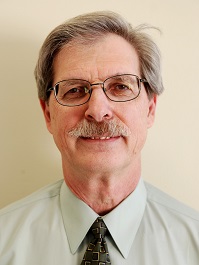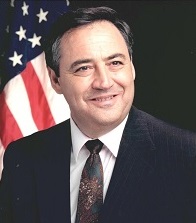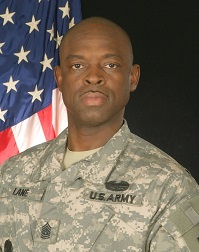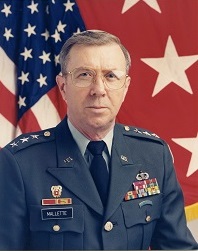Dr. Rudolf G. Buser
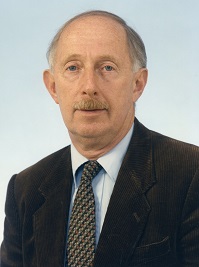
Dr. Rudolf G. Buser provided 38 years of dedicated civil service and served as Director of the U.S. Army Communications-Electronics Research Development and Engineering Center's Night Vision and Electronic Sensors Directorate, then part of CECOM, from 1988 until his retirement in 1996.
Under his direction, new methodologies were introduced for the insertion of state-of-the-art technology into fielded systems, such as the introduction of Second Generation Forward Looking Infrared Horizontal Technology Integration. This concept, postulated by Dr. Buser, offered significant improvements in warfighting capabilities across the force structure while maintaining the integrity of existing configurations and commonality—all while incurring low-cost logistical and maintenance support.
This novel approach, later pursued by the Army for Aviation Platform Application, resulted in a life cycle cost savings then estimated at $820 million. He was a champion of integrating government and industry teams to conduct research and development in order to develop critical sensor technology while maximizing limited resources.
His pioneering efforts in laser technology helped both the military and commercial sectors realize the significance of such technology. Through Dr. Buser's tireless determination, vision, and efforts, the U.S. Army and Department of Defense catapulted from symmetric warfare limited to daylight hours to an asymmetric battlefield where the United States military and our allies were able to carry out missions under the cover of darkness and ultimately "Own the Night."
Dr. Buser passed away in February 2007.
Watch Interview Video